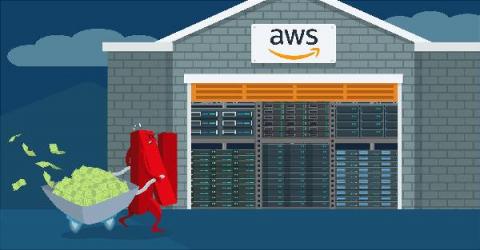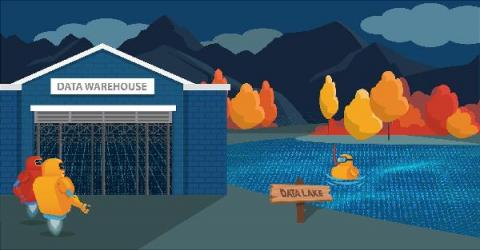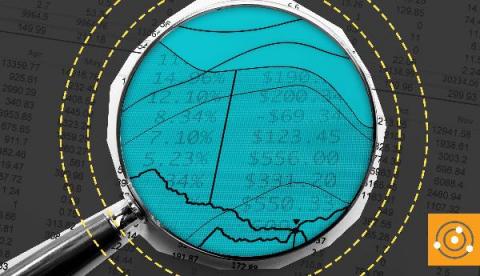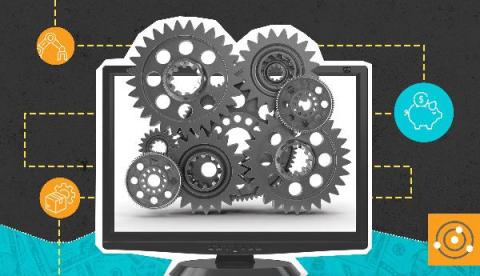Anodot vs. AWS: Which Has the Most Accurate Cloud Cost Forecasts?
The move to cloud computing has been a no-brainer for many enterprise companies. But cloud computing is an expense that, unlike many other operating costs, is largely variable. Many companies — including the fastest-growing startups, largest enterprises, and leading government agencies — choose AWS to help them streamline fragmented processes, reduce costs, become more agile, and innovate faster.











